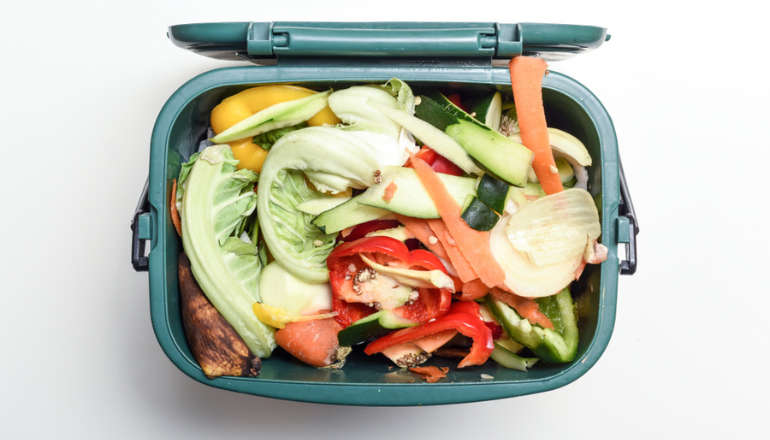
Do you put food waste in your black bin? Here’s why the Isle of Wight Council is advising you shouldn’t …
A survey on what goes into a typical black refuse bin on the Island found nearly 22 per cent is food waste. In 2020, that figure was 25 per cent.
Tash Dix, the council’s waste and environment manager, warned that the figure was still ‘really concerning’ at a scrutiny meeting last week, and hoped it could be something Islanders could stop.
A recent study, she said, found the majority of food waste in the black bin is ‘avoidable’ with two issues in particular highlighted.
One area was out-of-date meat and vegetables. Rather than separate the food from the packaging, everything is being put in the black bin.
The other was bread ends. The two crusts of bread, at the start and end of the loaf, were being placed into the general black rubbish bin, still in the bread bag.
Ms Dix said the bread bag is recyclable and the bread could go into the green food waste bin.
She said thought needs to go into tackling this and consideration from residents as to whether they are going to eat the food they buy in a week or if they even need to buy it.
Food waste is separated in the collection lorries and goes through different waste disposal than general rubbish.
Through a process called anaerobic digestion, the food waste is used to create electricity and compost.
Ten tonnes of food waste can generate enough power to provide electricity for one home for a year.
The council says it is better to avoid throwing out food that can be eaten as it saves residents money and help reduce greenhouse gas emissions.
Any leftover food – tea bags, coffee grounds, eggshells, fruit and vegetables, cooked and uncooked foods, and small meat bones can all be put in the food caddy.
A food caddy can be ordered online through the council’s website (iow.gov.uk) or by calling 01983 823777


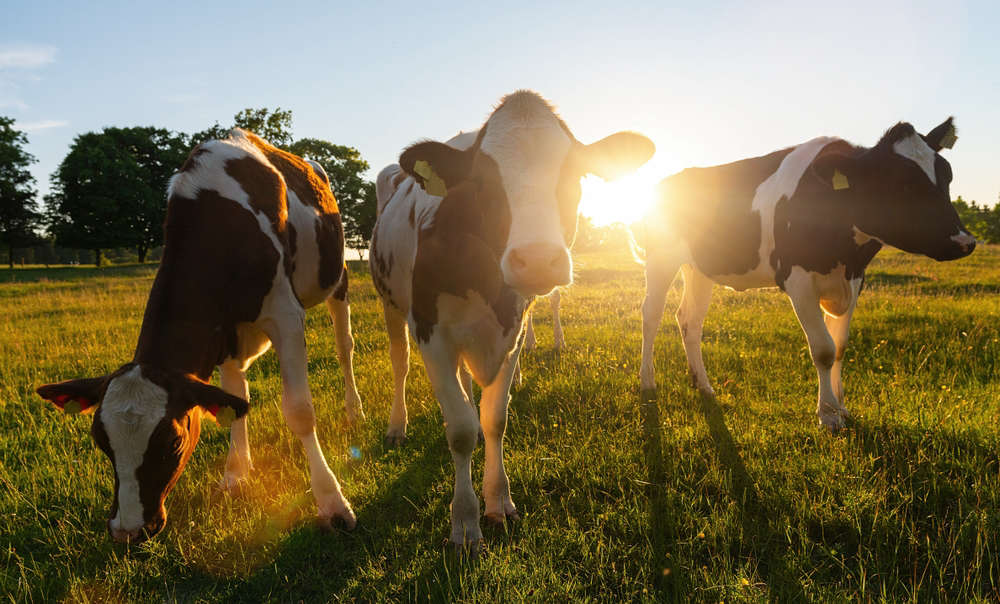 Save Westridge Farm Case To Be Heard At The Royal Courts Of Justice In April
Save Westridge Farm Case To Be Heard At The Royal Courts Of Justice In April
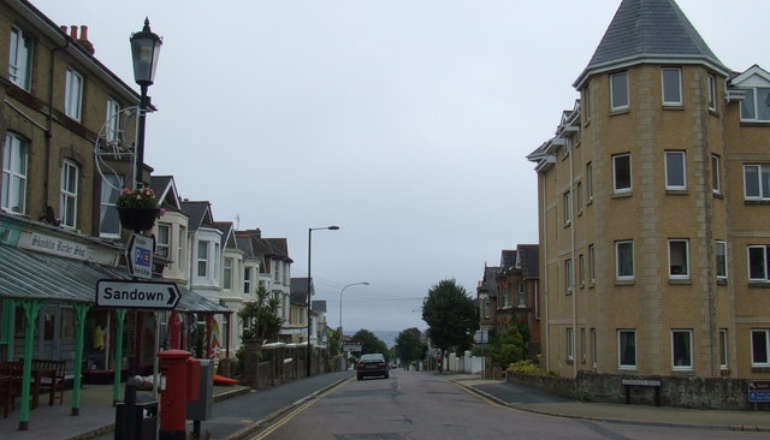 Island Seaside Town Could Get Large Eight Bed 'House Of Multiple Occupation'
Island Seaside Town Could Get Large Eight Bed 'House Of Multiple Occupation'
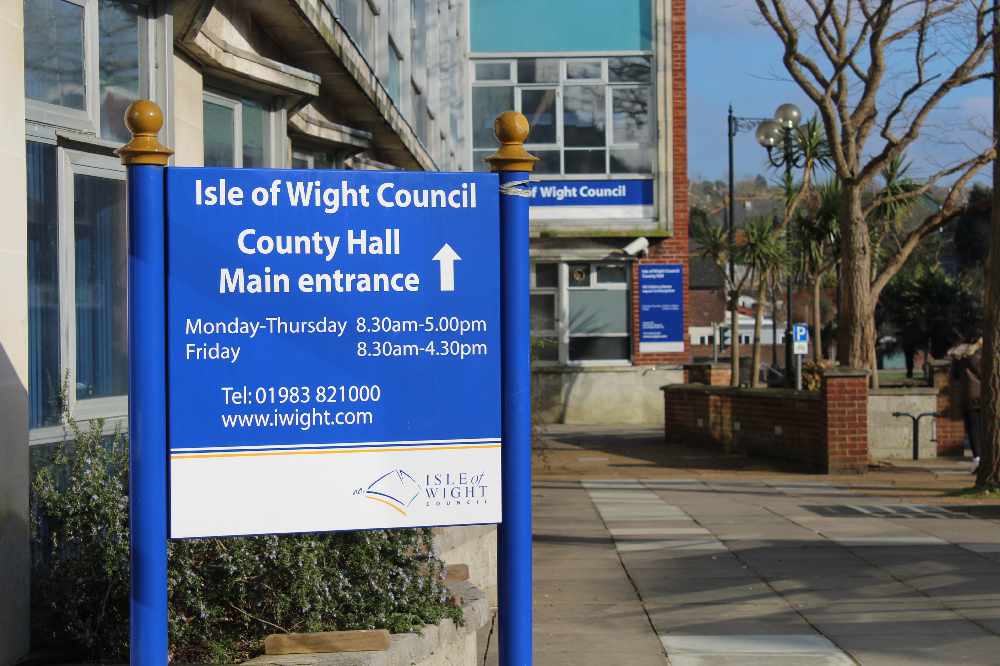 Isle Of Wight Council To Consider Key £13m Spending Packages Amid 'Unprecedented Uncertainty'
Isle Of Wight Council To Consider Key £13m Spending Packages Amid 'Unprecedented Uncertainty'
 Schools Come Out In Force To Support "Wear What Makes You Happy" Fundraiser For Arlo Lambie
Schools Come Out In Force To Support "Wear What Makes You Happy" Fundraiser For Arlo Lambie
 Isle Of Wight Council Launches 2025 National Apprenticeship Week With Flag Raising
Isle Of Wight Council Launches 2025 National Apprenticeship Week With Flag Raising
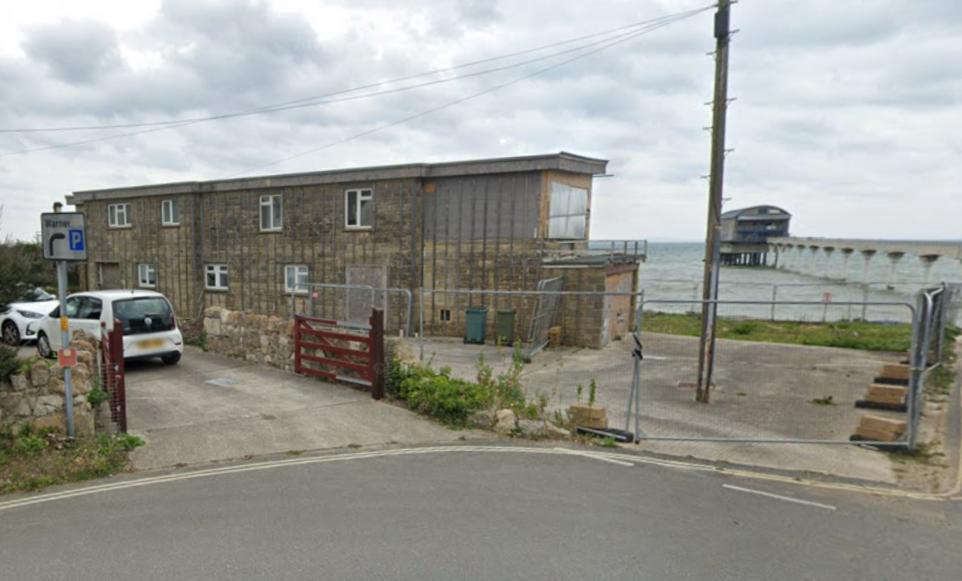 Plans To Replace 'Half-Built Eyesore' With New Seafront Café Divides Opinion
Plans To Replace 'Half-Built Eyesore' With New Seafront Café Divides Opinion
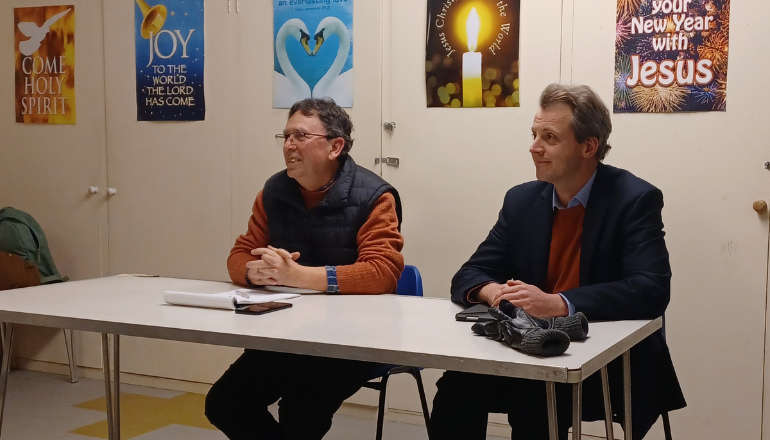 Isle Of Wight MP Weighs In On School Closures Row
Isle Of Wight MP Weighs In On School Closures Row
 Plans To Use Five Shanklin Homes For Parenting Courses Provoke Outcry
Plans To Use Five Shanklin Homes For Parenting Courses Provoke Outcry
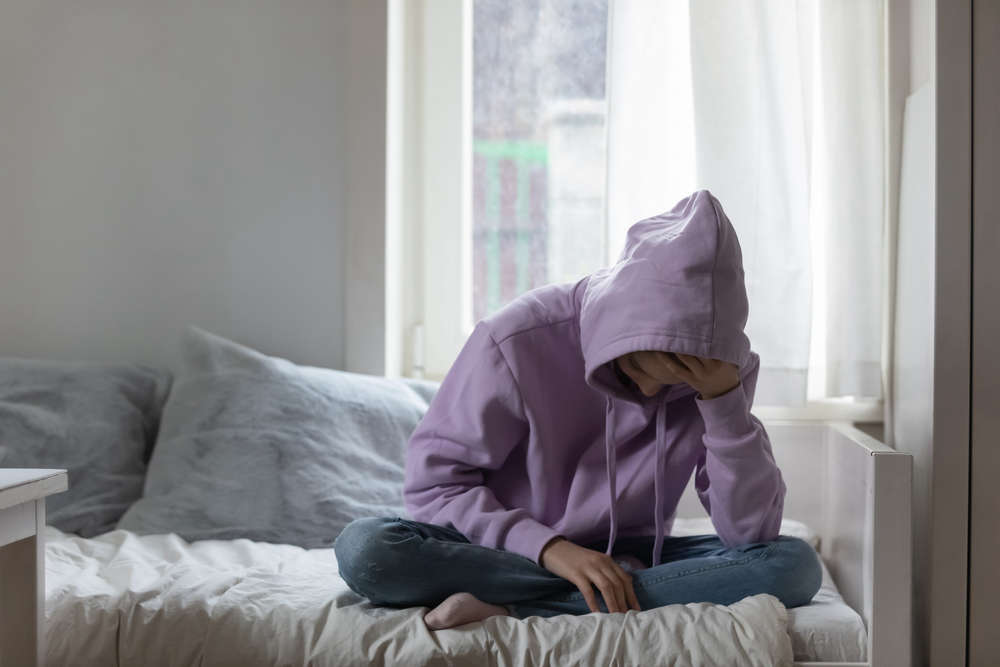 Conference On Supporting Vulnerable Children To Be Held In Newport Next Month
Conference On Supporting Vulnerable Children To Be Held In Newport Next Month
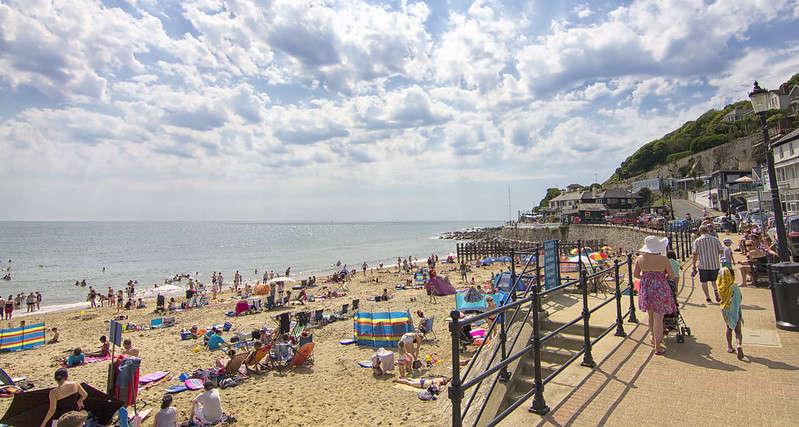 Ventnor Town Council Could Scrap "Vital" Beach Safety Project
Ventnor Town Council Could Scrap "Vital" Beach Safety Project
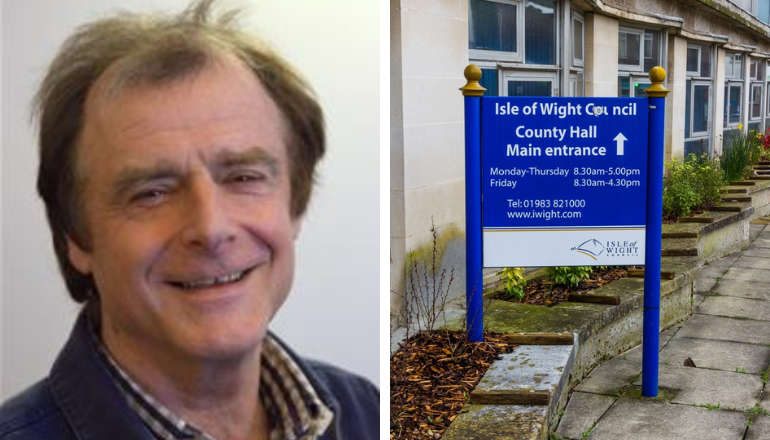 What Is Devolution... And What Happens Now?
What Is Devolution... And What Happens Now?
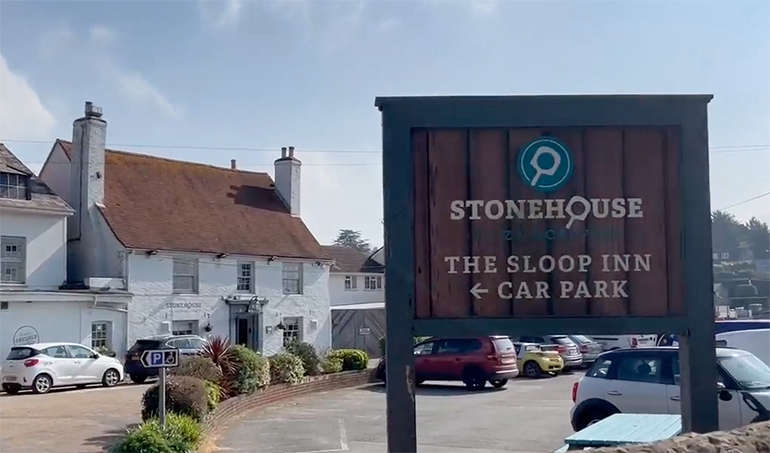 Sloop Inn Works Scheme And Name Change Shelved After Parish Council Opposition
Sloop Inn Works Scheme And Name Change Shelved After Parish Council Opposition
 SpaMedica: UK Leading NHS Cataract Surgery Opens Diagnostic Clinic On Isle Of Wight
SpaMedica: UK Leading NHS Cataract Surgery Opens Diagnostic Clinic On Isle Of Wight
 Island MPs' Gaping Devolution Divide Shows No Sign Of Narrowing
Island MPs' Gaping Devolution Divide Shows No Sign Of Narrowing
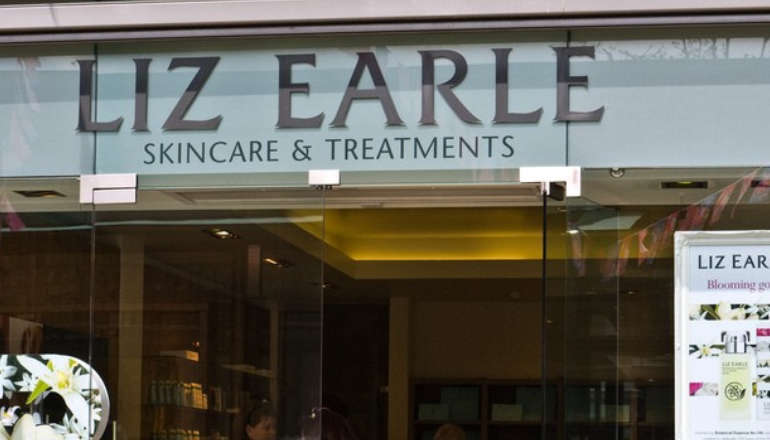 Liz Earle Head Office In Ryde Set For Closure With Staff Set To Face Redundancy
Liz Earle Head Office In Ryde Set For Closure With Staff Set To Face Redundancy
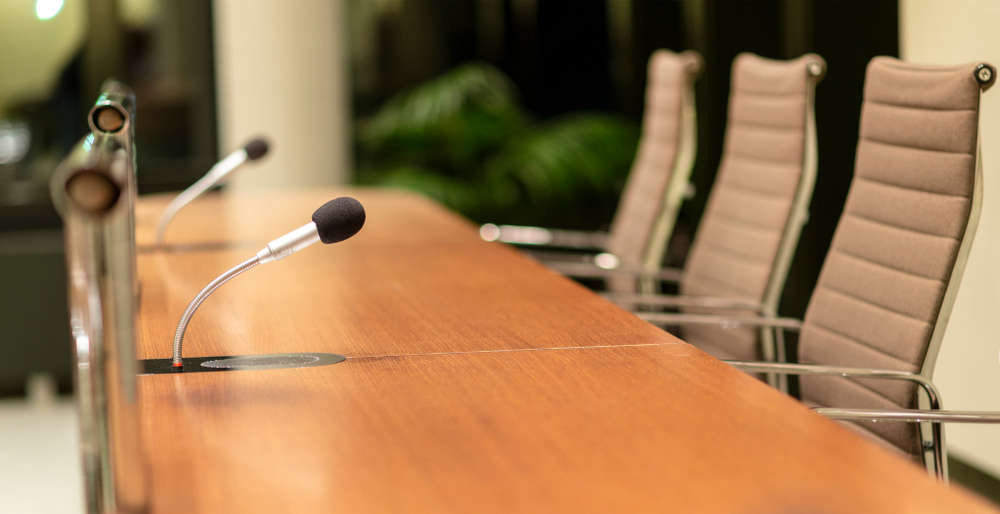 "Local Control Of Key Decisions": Council Leader Defends Controversial Devolution Plans
"Local Control Of Key Decisions": Council Leader Defends Controversial Devolution Plans
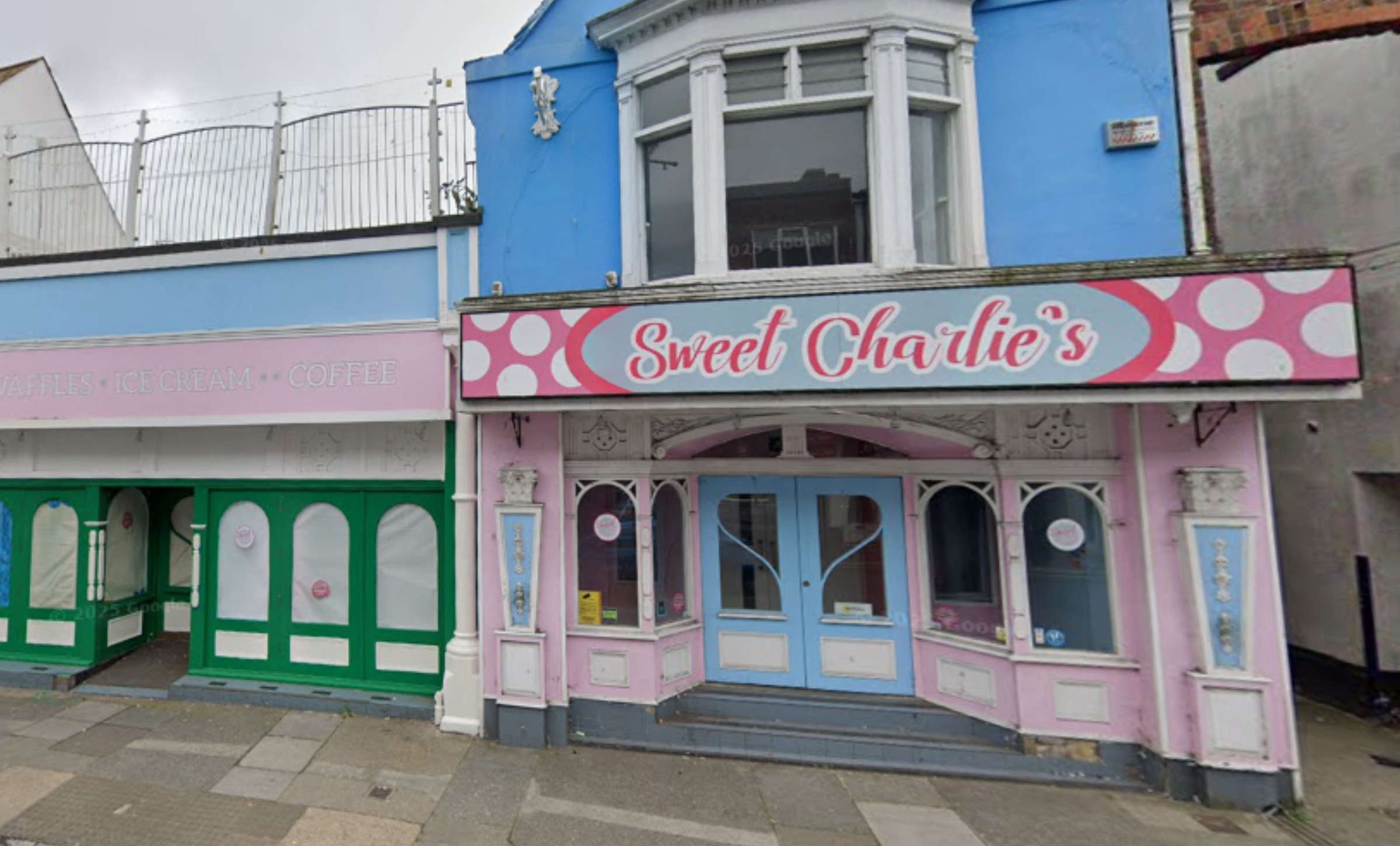 Three 'Affordable' New Flats Could Be Built On First Floor Of Former Dessert Shop
Three 'Affordable' New Flats Could Be Built On First Floor Of Former Dessert Shop
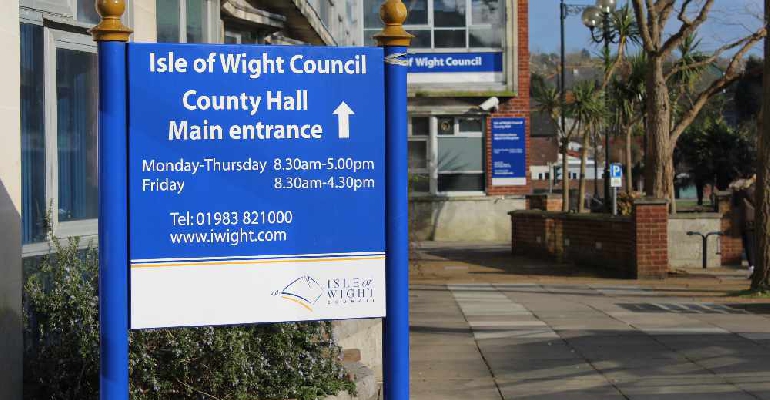 Isle Of Wight Council Unveils 2025/26 Budget With Five Per Cent Council Tax Rise In The Pipeline
Isle Of Wight Council Unveils 2025/26 Budget With Five Per Cent Council Tax Rise In The Pipeline
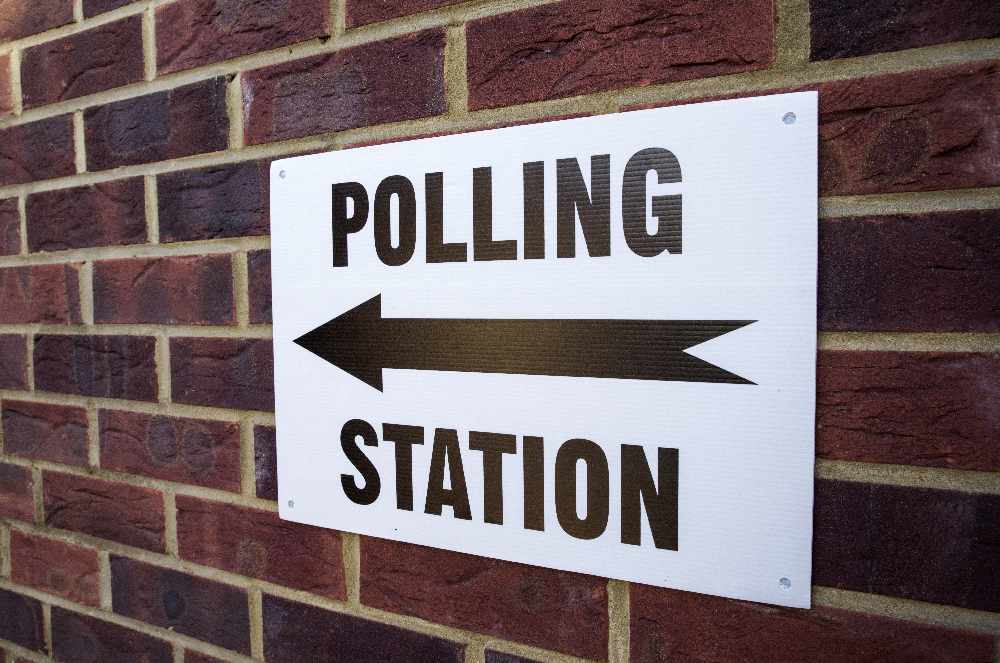 Isle Of Wight Elections To Be Delayed Until May 2026
Isle Of Wight Elections To Be Delayed Until May 2026
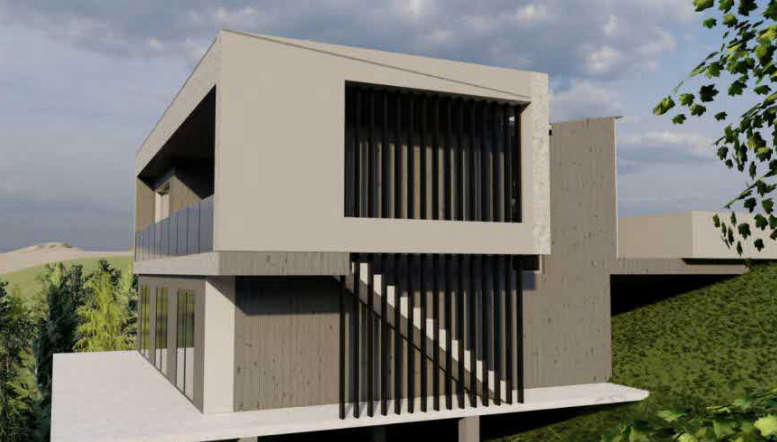 Three-Bed House Could Be Built Within Grounds Of Neglected Ventnor Hotel
Three-Bed House Could Be Built Within Grounds Of Neglected Ventnor Hotel


